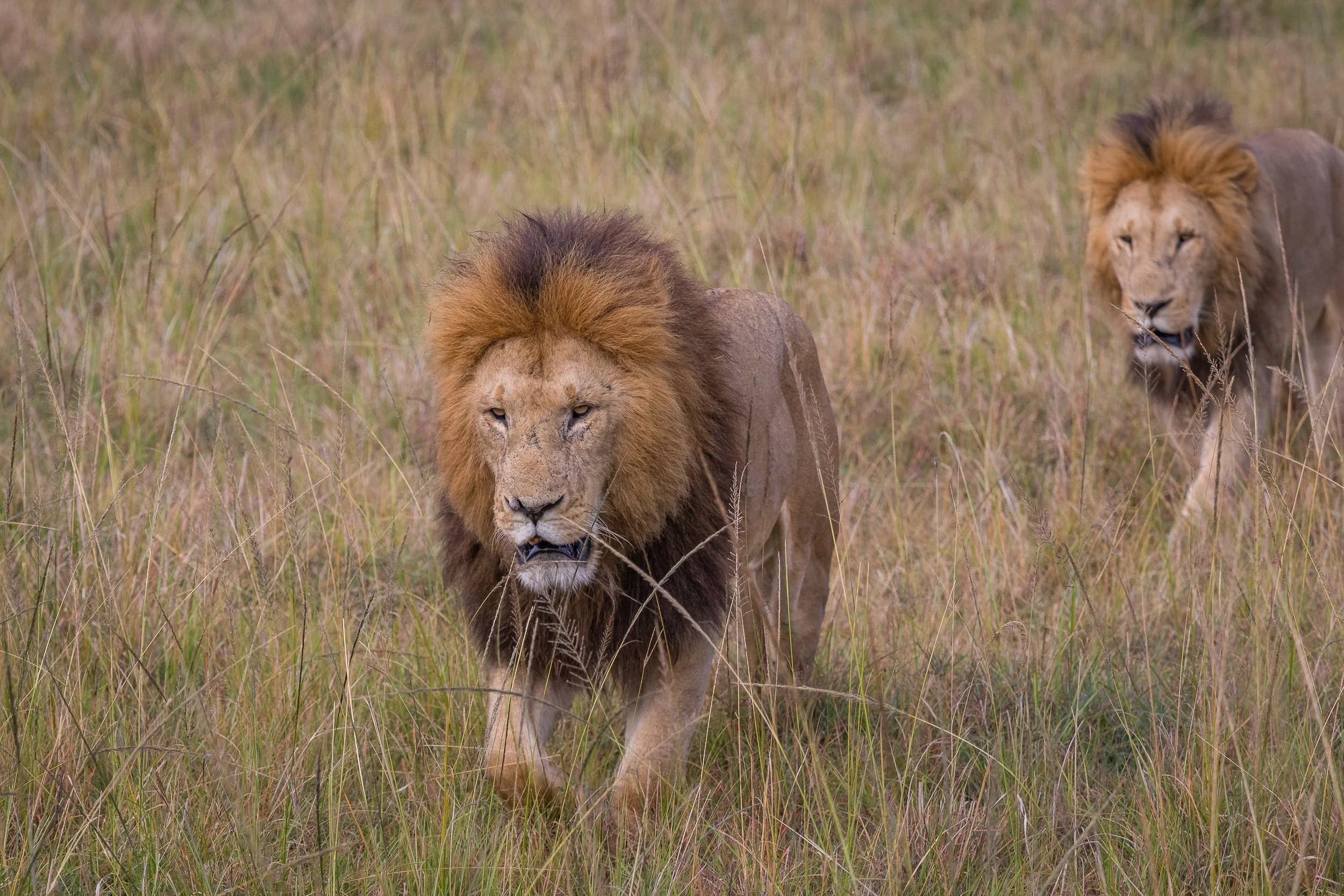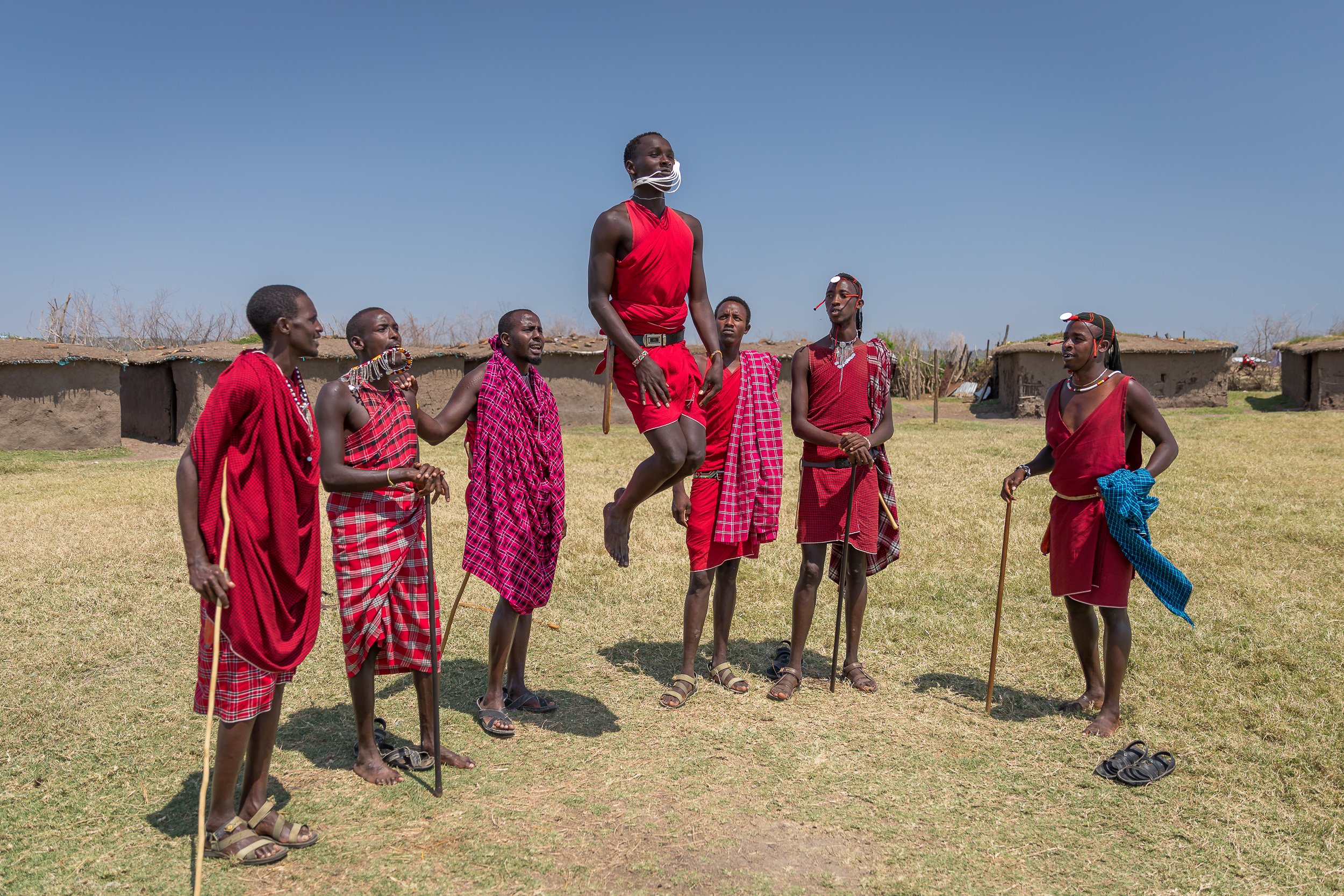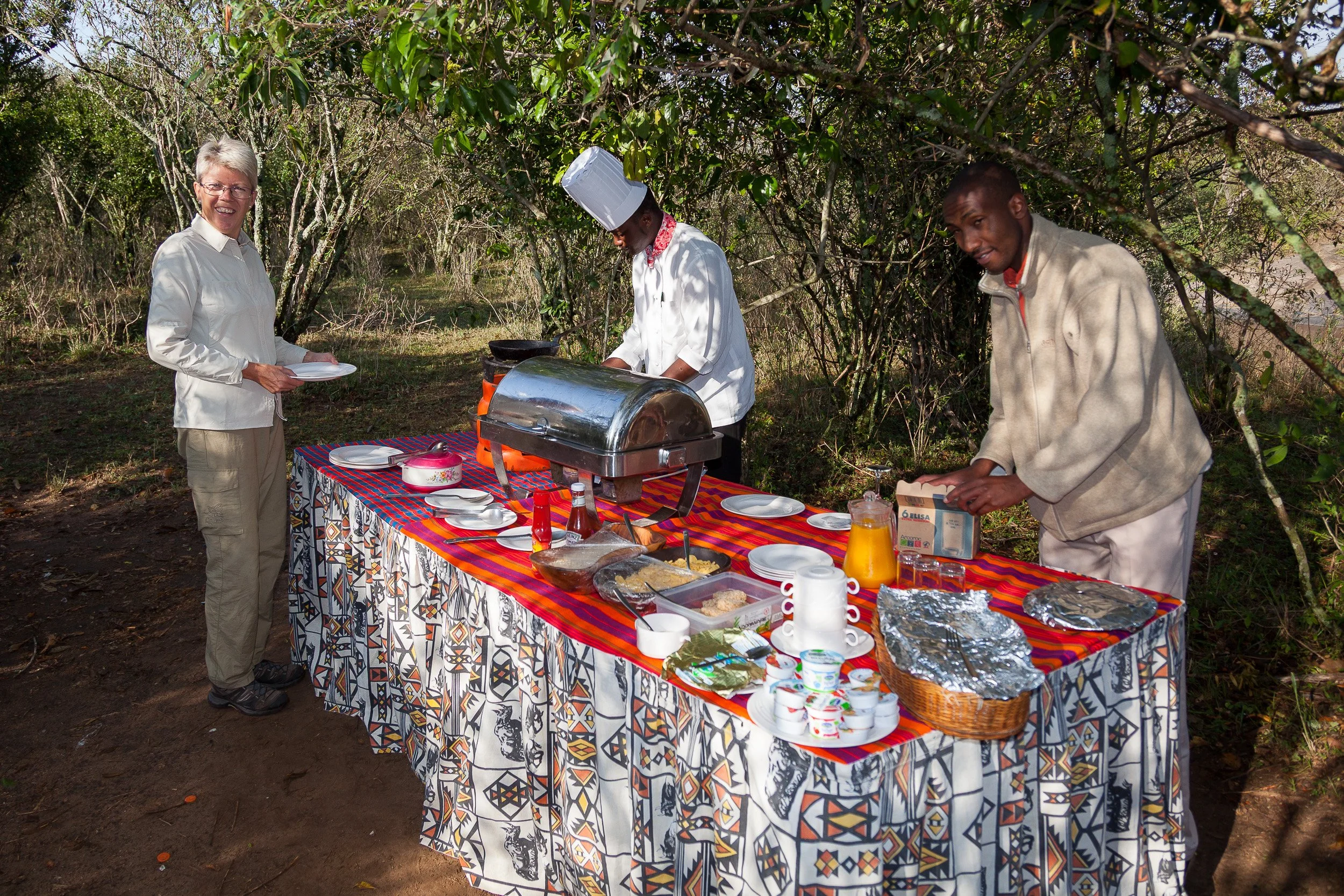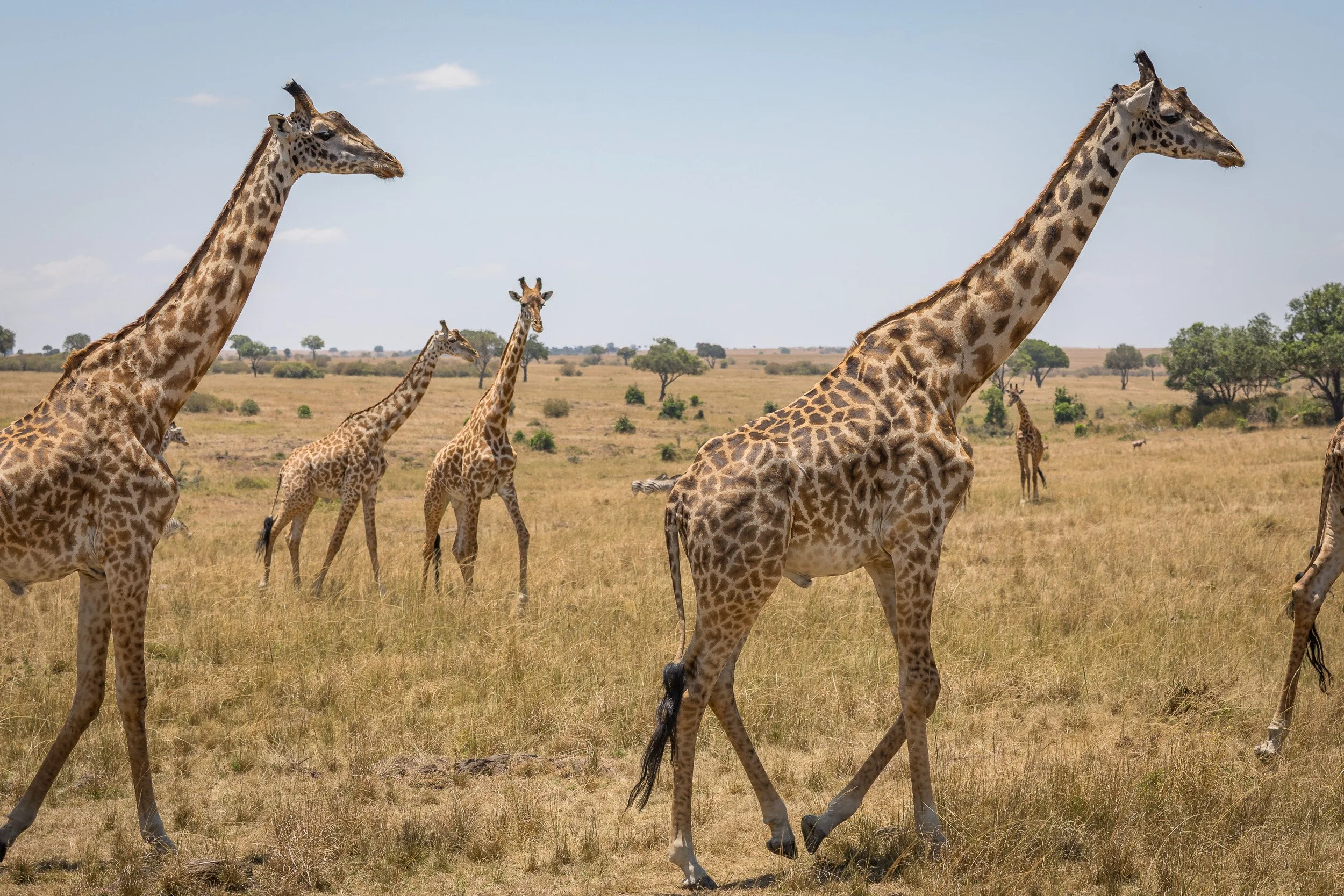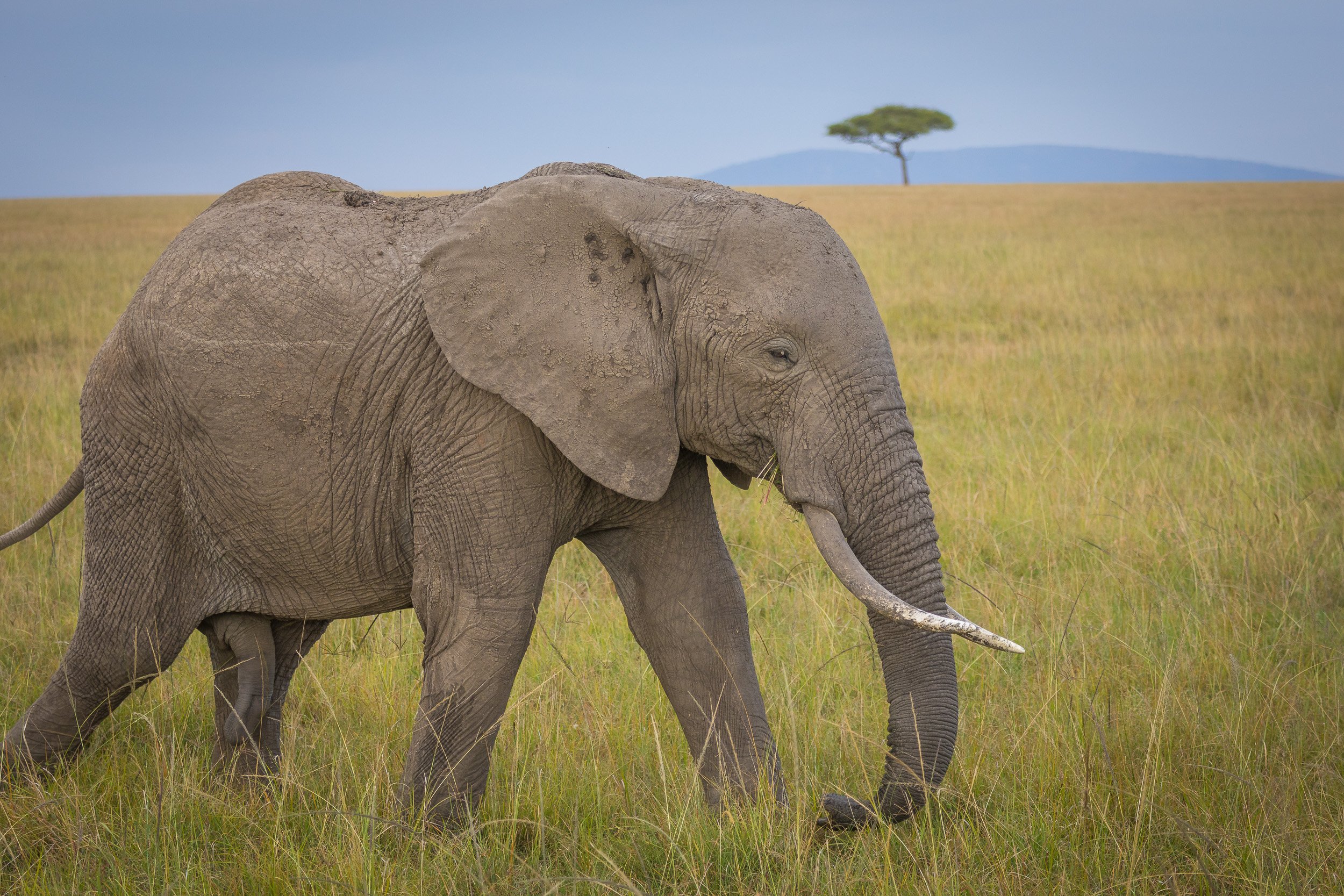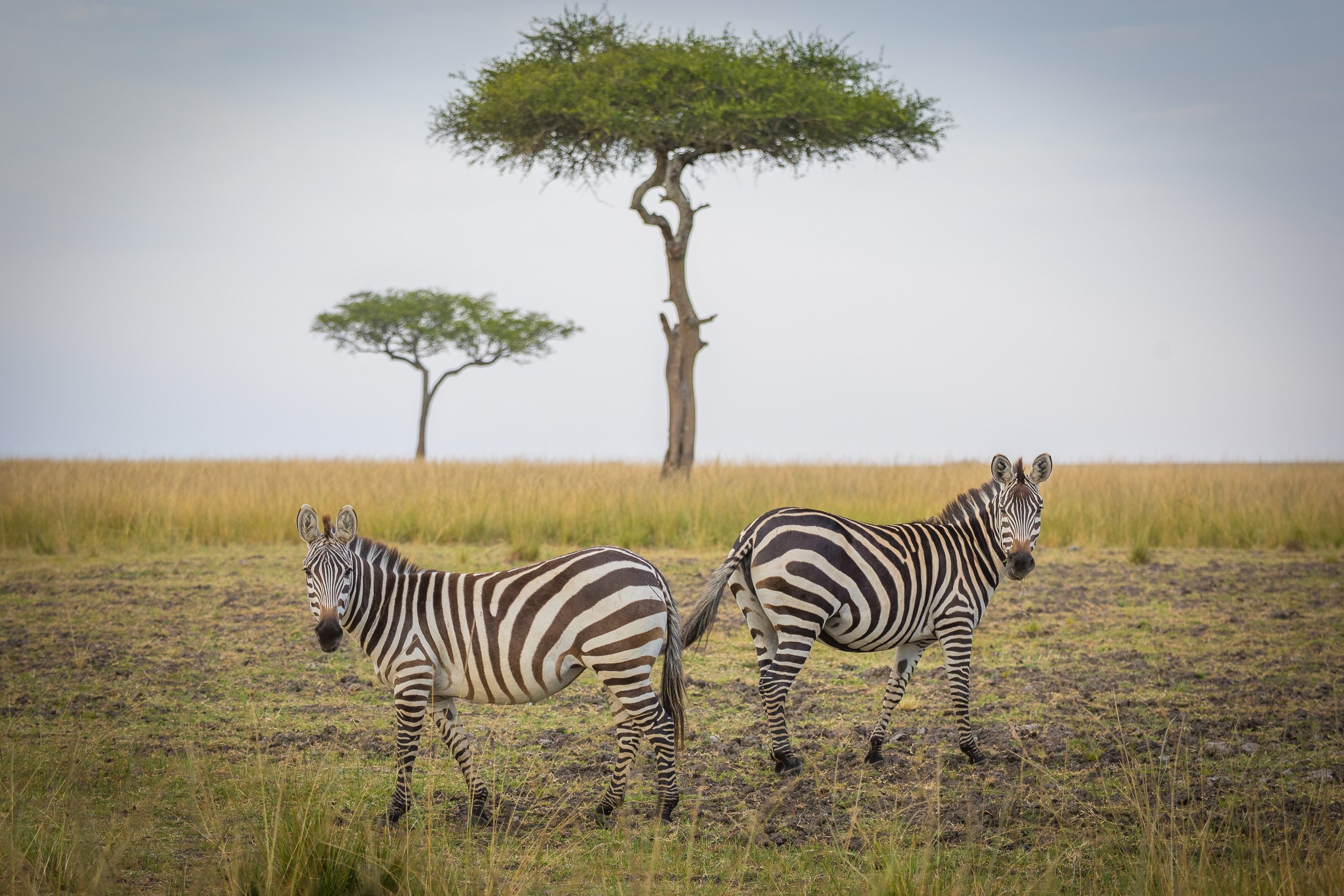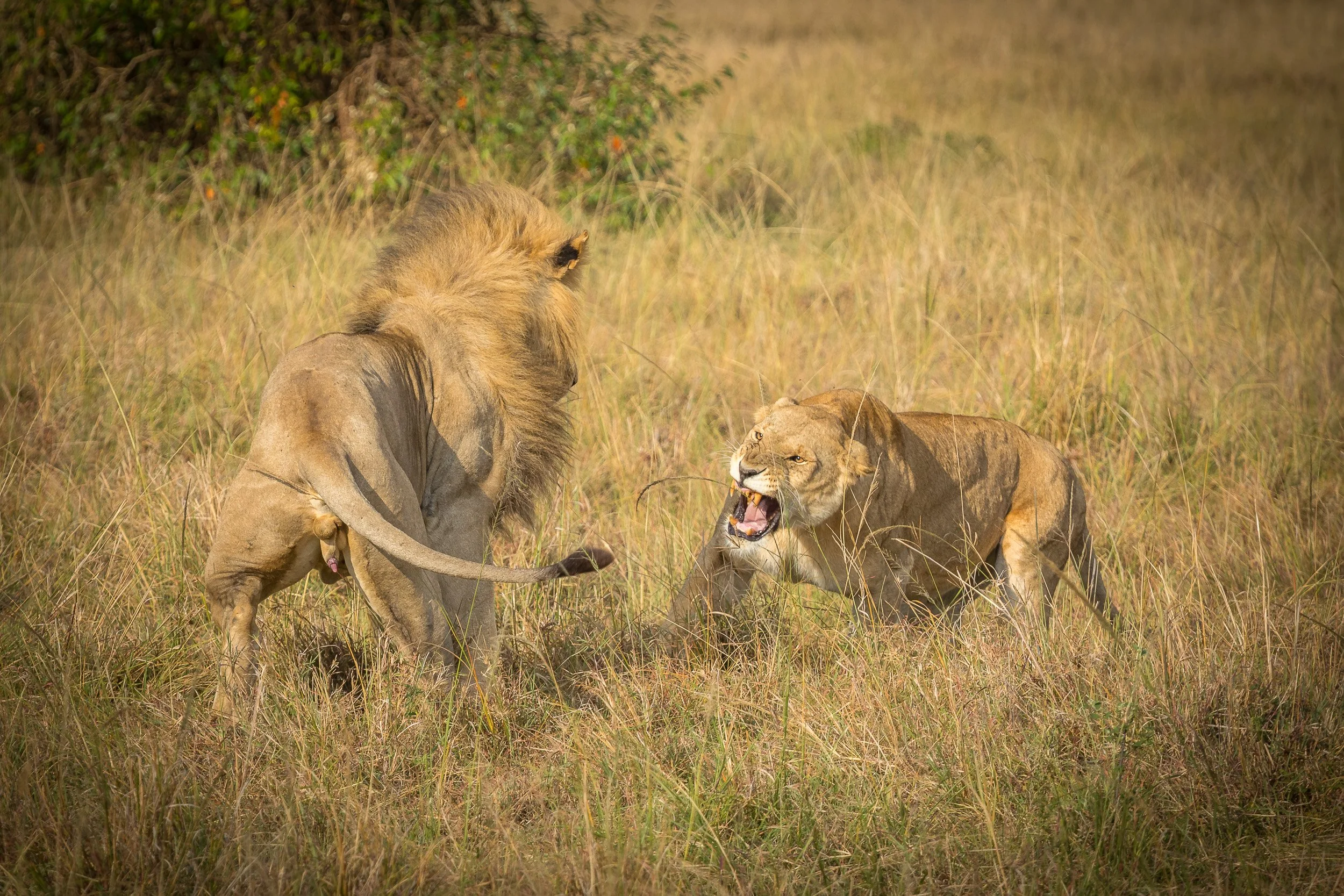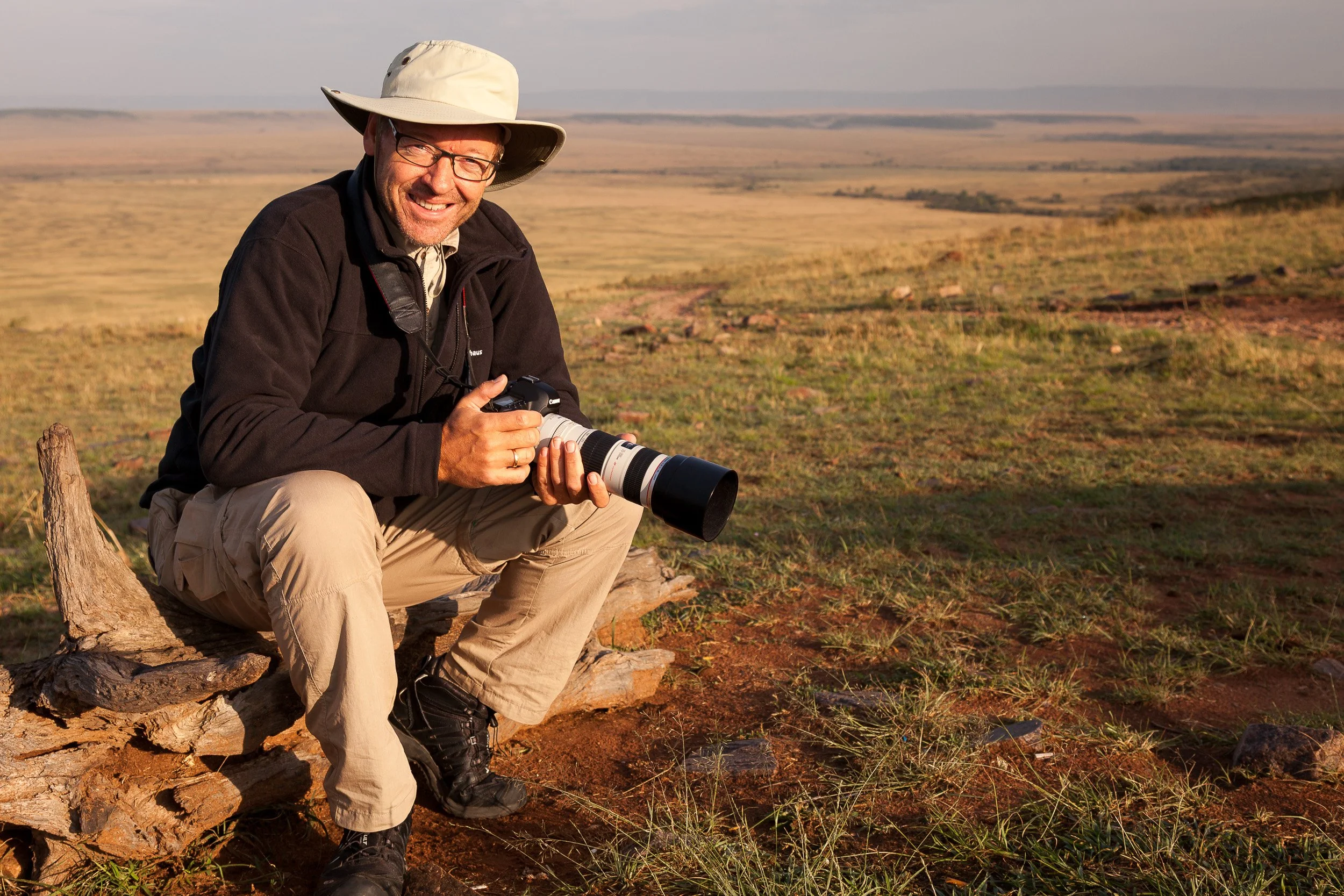
Maasai Mara Safari Photography – Kenya Wildlife
Maasai Mara National Reserve breathes in gold and shadow. Lions doze, elephants drift, cheetahs streak the grass. This gallery gathers still moments from dawn glow to dust-lifted afternoons and the quiet before night—portraits and horizons that bring the wild indoors, letting it speak in its own light.
Lions in Maasai Mara National Reserve, Kenya.
Elephants in Maasai Mara National Reserve, Kenya – family herd moving slowly across the open grasslands.
Cheetah in Maasai Mara National Reserve, Kenya – sleek big cats scanning the plains for prey in soft afternoon light.
Zebra in Maasai Mara National Reserve, Kenya – striking black-and-white stripes against golden savanna grass.
Giraffe in Maasai Mara National Reserve, Kenya – tall silhouette browsing from an acacia tree on the open plain.
Hippos in Maasai Mara National Reserve, Kenya – group of hippopotamus wallowing together in a muddy river pool.
Leopard in Maasai Mara National Reserve, Kenya – elusive big cat resting in the shade, perfectly camouflaged among branches.
Buffalo in Maasai Mara National Reserve, Kenya – powerful African buffalo standing alert on the grassy savanna.
Hot air balloon over Maasai Mara National Reserve, Kenya – sunrise safari flight floating above herds and golden plains.
Lion in Maasai Mara National Reserve, Kenya – close-up portrait of a male lion with intense eyes and golden mane.
Maasai people jumping in Kenya – traditional warriors performing the adumu jumping dance in colourful shúkà robes.
Hot air balloons over Maasai Mara National Reserve, Kenya – several balloons drifting above the savanna at dawn.
Wildebeest in Maasai Mara National Reserve, Kenya – grazing herd of blue wildebeest spread across the open grasslands.
Lions in Maasai Mara National Reserve, Kenya.
Hot air balloon in Maasai Mara National Reserve, Kenya – basket and burner glowing above the endless savanna.
Impala in Maasai Mara National Reserve, Kenya – elegant antelope standing alert with lyre-shaped horns.
Lion in Maasai Mara National Reserve, Kenya – close-up of a resting lion, whiskers and fur caught in soft light.
Black-backed jackal in Maasai Mara National Reserve, Kenya – small predator trotting through the grass with ears pricked.
Maasai Mara
Hippos in Maasai Mara National Reserve, Kenya.
Breakfast in Maasai Mara National Reserve, Kenya – classic bush breakfast set out on the open savanna after an early game drive.
Elephant in Maasai Mara National Reserve, Kenya – elephant walking slowly across the plains with trunk swinging.
Eland in Maasai Mara National Reserve, Kenya – large antelope standing quietly in tall grass with spiral horns.
Giraffe in Maasai Mara National Reserve, Kenya – gentle giant framed against distant hills and scattered acacias.
Click to see a short video walk-through of the luxury River Suite at Royal Mara Safari Lodge, overlooking the hippo pools of the Mara River.
Elephant in Maasai Mara National Reserve, Kenya – close-up view showing wrinkled skin, tusks and expressive eyes.
Zebra in Maasai Mara National Reserve, Kenya – small herd of zebras standing together, patterns overlapping in the grass.
Lions in Maasai Mara National Reserve, Kenya – playful interaction between pride members captured on the open plain.
Elephant in Maasai Mara National Reserve, Kenya – large silhouette walking through backlit dust in warm evening light.
Lion in Maasai Mara National Reserve, Kenya – relaxed male lion standing in the grass, king of the savanna.
Elephant in Maasai Mara National Reserve, Kenya
Breakfast in Maasai Mara National Reserve, Kenya – outdoor table, chairs and morning light in the middle of the bush.
Warthogs “Pumbaa” in Maasai Mara National Reserve, Kenya – comical warthog family tail-up as they trot through the grass.
Lions in Maasai Mara National Reserve, Kenya – intimate close-up of lion faces showing whiskers, eyes and texture of fur.
Hippopotamus giving birth in Maasai Mara National Reserve, Kenya – dramatic wildlife moment as a crocodile quickly takes the newborn calf.
Vervet monkeys in Maasai Mara National Reserve, Kenya – playful monkeys grooming and watching from the branches.
Elephants in Maasai Mara National Reserve
Giraffe in Maasai Mara National Reserve, Kenya – lone giraffe walking gracefully toward the horizon.
Lion in Maasai Mara National Reserve, Kenya.
Elephants in Maasai Mara National Reserve, Kenya.
Sunset in Maasai Mara National Reserve, Kenya – glowing orange sky with acacia silhouettes and fresh tracks in the grass.
Spotted hyena in Maasai Mara National Reserve, Kenya – in the early morning light.
Breakfast in Maasai Mara National Reserve, Kenya – peaceful bush brunch laid out with views across the endless savanna.
All photographs on this page were taken by Norwegian landscape and travel photographer Svein Magne Tunli
